No products in the cart.

The Evolution of Play in WCS
Reading Time: minutes remaining
West Coast Swing offers a unique opportunity for both partners to express themselves and co-create in amazing "dance conversations". But it wasn't always balanced or amiable. So how did we get here?
This article describes the journey of how the the improvised conversation of West Coast Swing social dancing has evolved dramatically over the past two decades.
As with most things, getting insight in the background will likely help you understand this culture, and your partners, a little better!
Plus, at the end, I'll tell you exactly how you can build better-balanced conversations starting immediately.
Disclaimer:
This article describes historical events and their influence on modern-day West Coast Swing, and therefore refers to the traditional roles of male leaders and female followers. It is not a commentary on the evolution of gender neutrality in leader/follower roles. Binary terms are used occasionally for clarity, but we assume that any gender can dance either role.
WCS is the most liberating partner dance available.
West Coast Swing attracts both men and women because of the music and the easy cool factor of the movement. But it attracts the women a bit more for a different reason: the freedom.
While there is structure, there is an intriguing exchange of speaking that is unique to WCS compared to other dances, which has evolved to become even more balanced and popular in the past decade.

The origin story
Historically, there is a version of WCS history that tells of “ladies of the evening” trying their best to dance California-style West Coast Swing flirtatiously with the drunken sailors on shore leave who couldn’t quite manage to lead them.
The followers (women) have kept this self-expression through the decades, and the leaders have enjoyed the entertainment even when sober. Let’s face it – it’s a relief to let someone else drive for a spell.
But sober leaders had ideas. They valued patterns and spins – the more the better. There was hardly any room for play. A good follower was then determined by her ability to keep up with the most amount of crazy s**t leaders could throw at her.
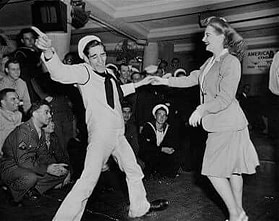
Clearly not a “lady of the evening”, but gotta love this sailor’s pose
This kept the followers so busy that there was no time for self-expression unless the leader showed rare mercy on her and granted her a few beats at the end of a pattern to fill time, or “throwing her the scraps”. Dancers from this era became masters of fast spins and pre-set, rhythmic patterns.
The pendulum swings
The conversation had become such a dictatorship that the followers were rebelling, insisting on expressing themselves. When I first started WCS in 2000, it was at the height of a trend called “hijacking”. This trend influenced many, but not all – enough to see common behaviour patterns emerge:

The experienced followers of this era became extremely adept at stealing the lead, but they did so with no regard for the flow of the dance, regardless of the leader’s intentions or positioning. Phrasing was often sacrificed, because neither dancer was in control of the team hitting the break. This turned the conversation into a battle of interruption.
It got so brutal that it was disempowering the men. It was common to see leaders sullenly abandoning their footwork and resorting to just acting as the jungle gym as the follower had their way with the slot.
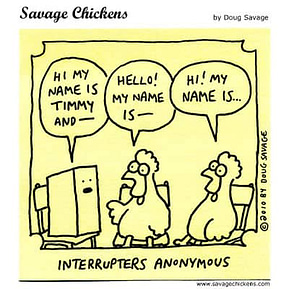
The musicality then belonged to the follower. The leader was just there to provide the framework, which the follower might decide to change anyway. Over time the leaders became so complacent, their progress as dancers suffered.
Of course, this was the general trend - there were exceptions to the rule, and the better dancers with stronger skillsets prevailed to lead the next generation.
The pendulum swings back
The hijacking trend passed (or evolved) as leaders started stepping up and being more proactive. They started leading more musically – adapting and tailoring their patterns to suit the slower, more interpretive music.
The followers were so entertained and occupied by the variable patterns they couldn’t predict, they were not able to hijack as much. They found the leaders had more interesting things to say that were worth listening to. So they started listening again.
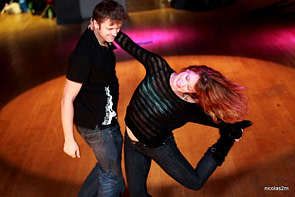
For some followers, listening is already in their comfort zone, so they don’t bother speaking up. Which is fine because it’s their choice.
But for others who found and fell in love with this dance because of the self-expression opportunities, it’s the conversation; the banter; the game that they’re after.
When the leaders weren’t being hijacked incessantly, they became more willing to offer opportunities for the follower to play – after all, it’s a relief to let someone else drive for a while, remember?
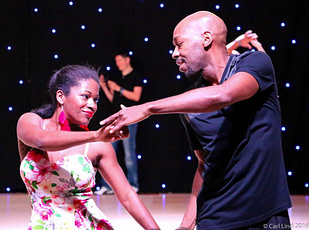
The modern Conversation Game
So where do we stand today? Here are some notable evolutions:
- The patterns are different, emphasizing flow and adaptability rather than rhythms and poses.
- The music is slower and more interpretive, with more time to think and more space to be musical with larger movements.
- The leaders have started getting better at improvising: good leaders are not as attached to their choreographed patterns as they used to be – there are more "open-ended questions".
- Leaders invite the followers to play (when it is convenient for them), because there is no rush to get to the next move.
- Followers don't need to hijack because they are offered opportunities or know how to initiate them safely.
- There is more value placed on the creative collaboration than the precision of pattern execution.
Followers love leaders who listen. Even if the follower has nothing to contribute, the leader needs to pay attention to the effect his efforts are having on the follower. In other words, check to see if you (leader) are being heard.
Leaders love followers who listen. It’s annoying when a follower self-leads before the leader has had a chance to do it himself. In other words, just because you (follower) can predict what the leader will say, doesn’t mean you should say it simultaneously. Stay behind.
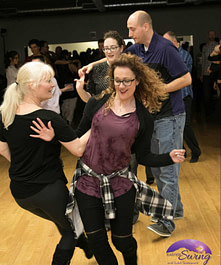
Dancers are also experimenting with role-switching, which involves trading roles completely for only a few measures or phrases at a time, assuming each partner is skilled at the opposite role. This trading is still an easy, effortless conversation: the game is to create smooth transitions – to disturb the flow as little as possible.
Learning the opposite role trains you to empathize and appreciate the needs of your partner. Learning to role-switch trains you to observe and analyze flow in order to manipulate it.
Today, hijacking is considered as rude as interrupting in a conversation. The leaders should be trained to offer opportunities for play to the follower regularly during any social dance. If the followers are offered sufficient opportunities to express themselves, they don’t feel the need to “steal” them. Followers should be trained to detect invitation leads and armed with an arsenal of dance movements they can choose from to contribute in the moment.
In order to have a good time social dancing today, WCS dancers need to respect their responsibilities as good communicators. No one likes an argument, and everyone likes to be listened to.
How you can play the Conversation Game
As with any game, in order to play, you need to know the rules! I'l talking about the techniques, tactics, and implicit agreements between leader and follower that once you understand, can open up a whole world of possibilities for great conversations.
That's exactly what I explain in this article:
And here's a whole workshop dedicated to this topic:

Register to get the recording.
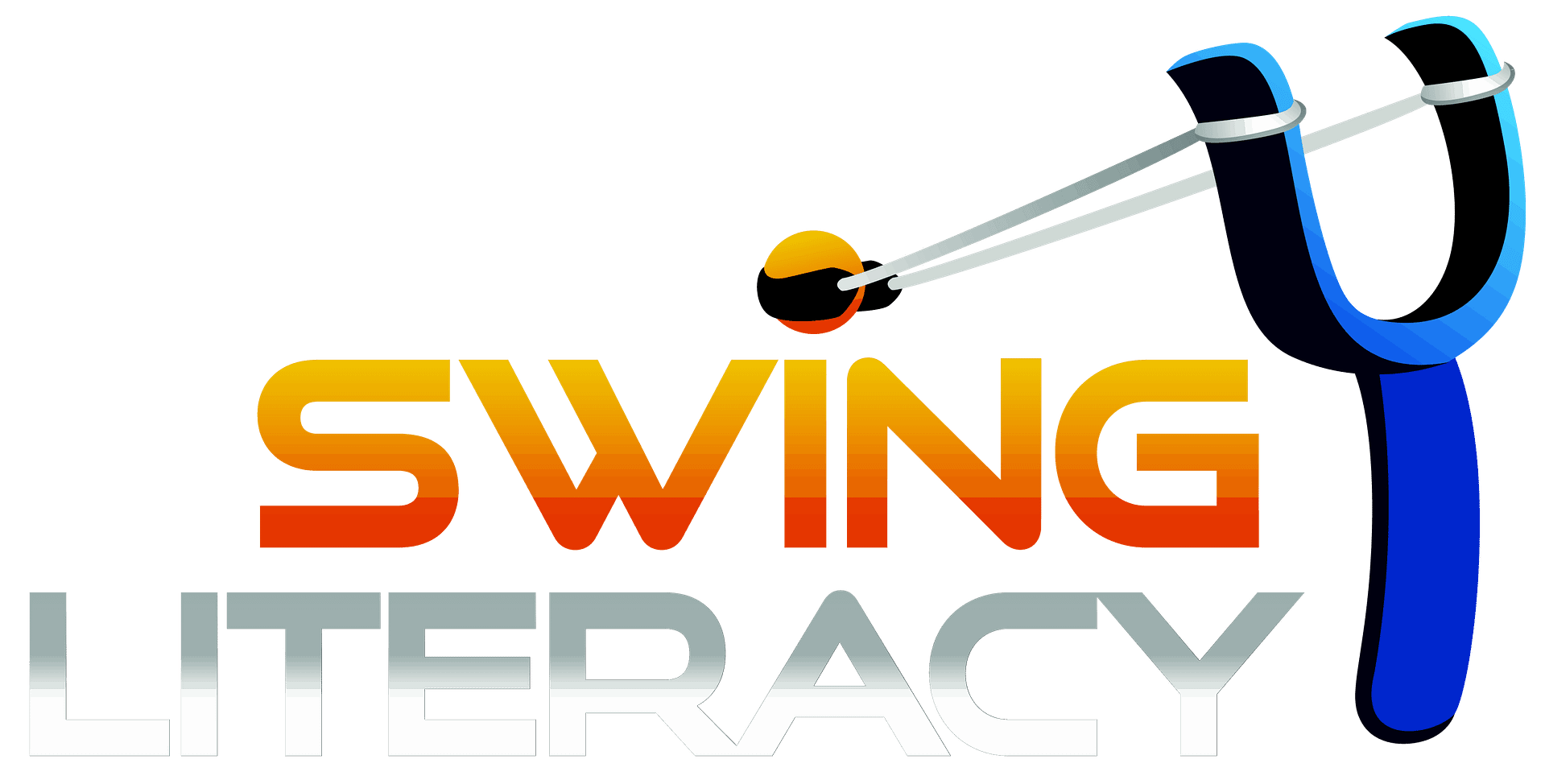



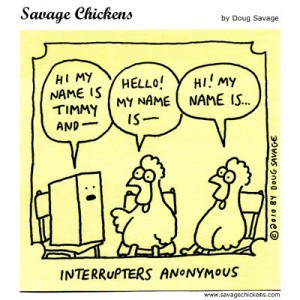
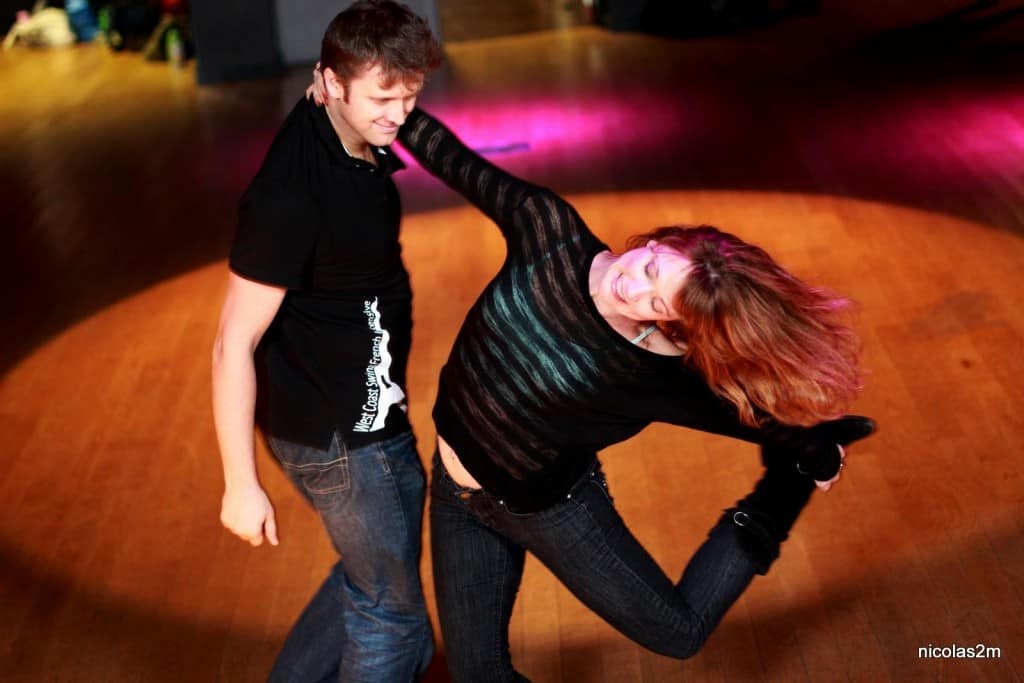
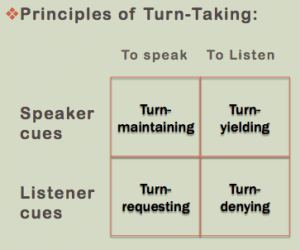
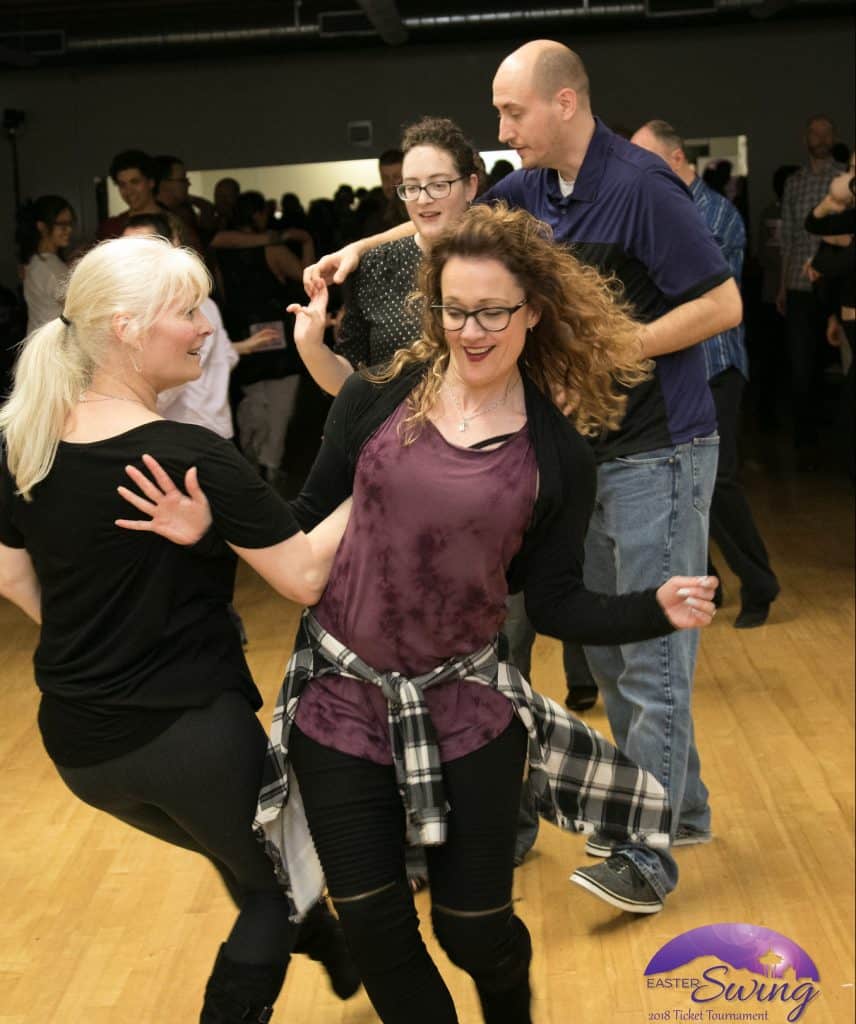
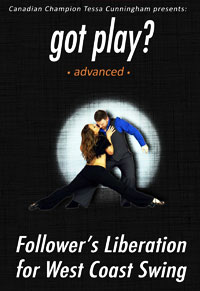
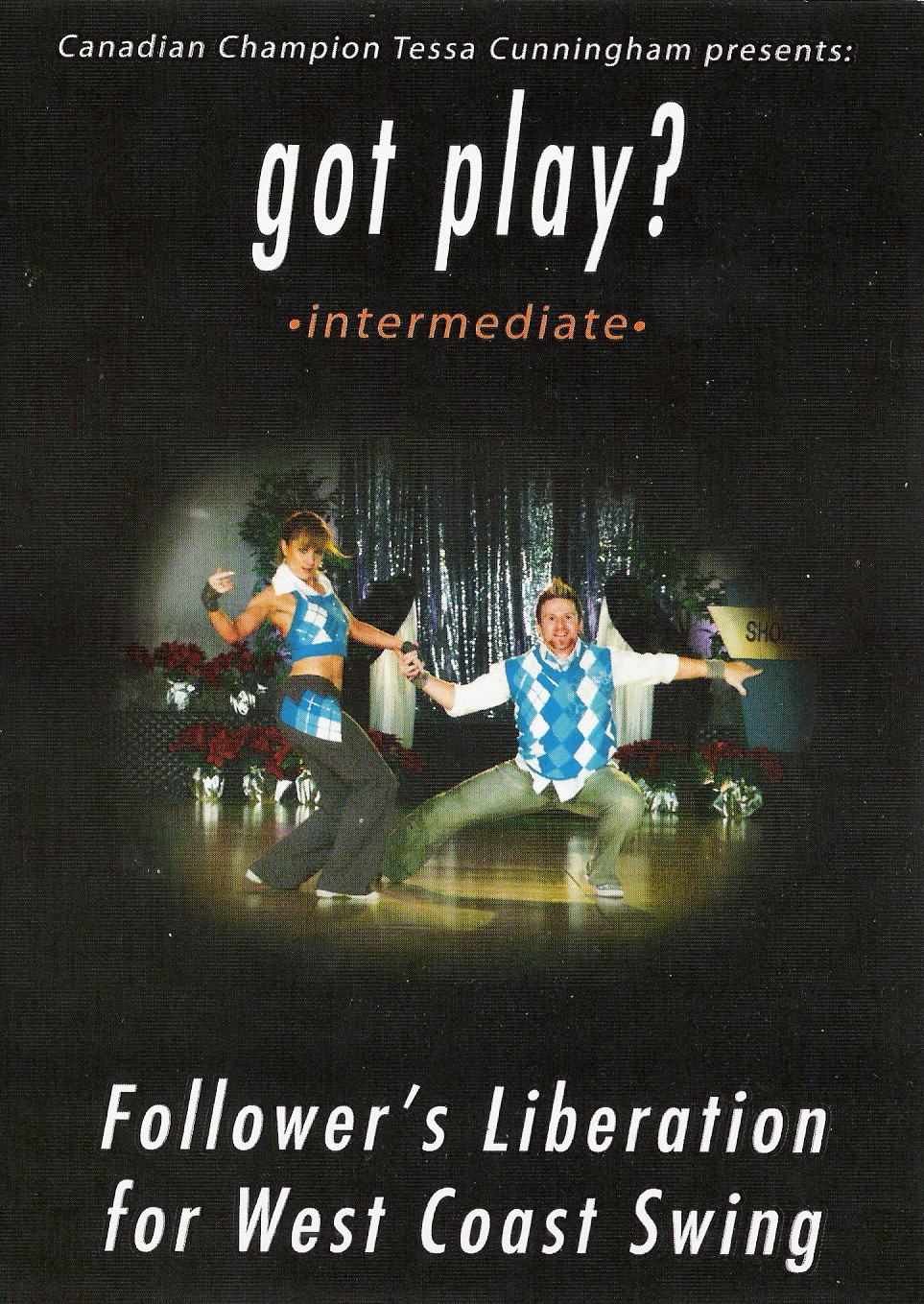
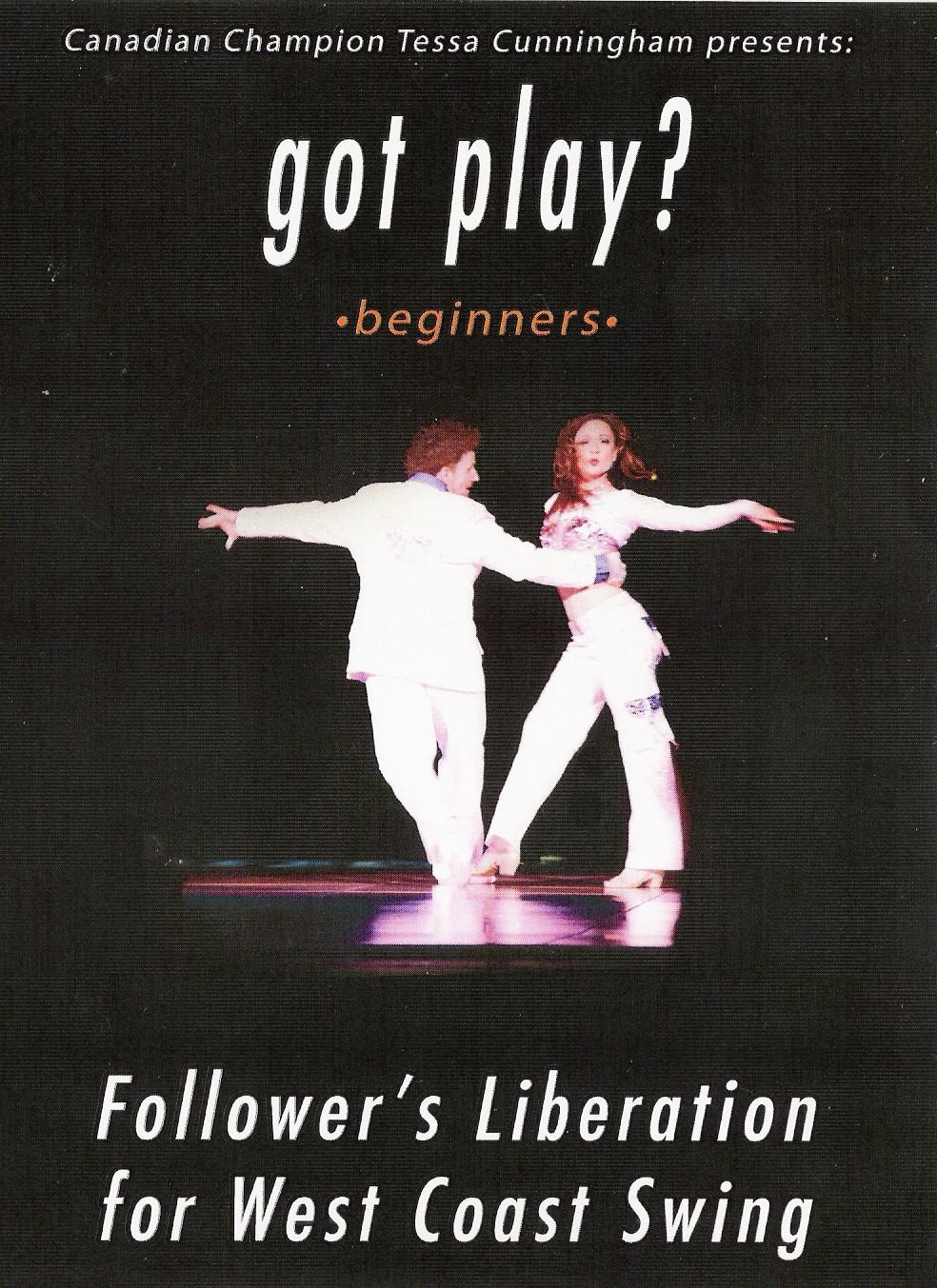
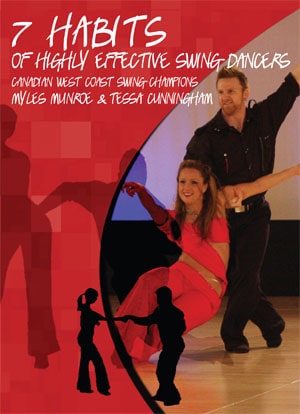


So much better than strict lead follow. Love the conversation technique